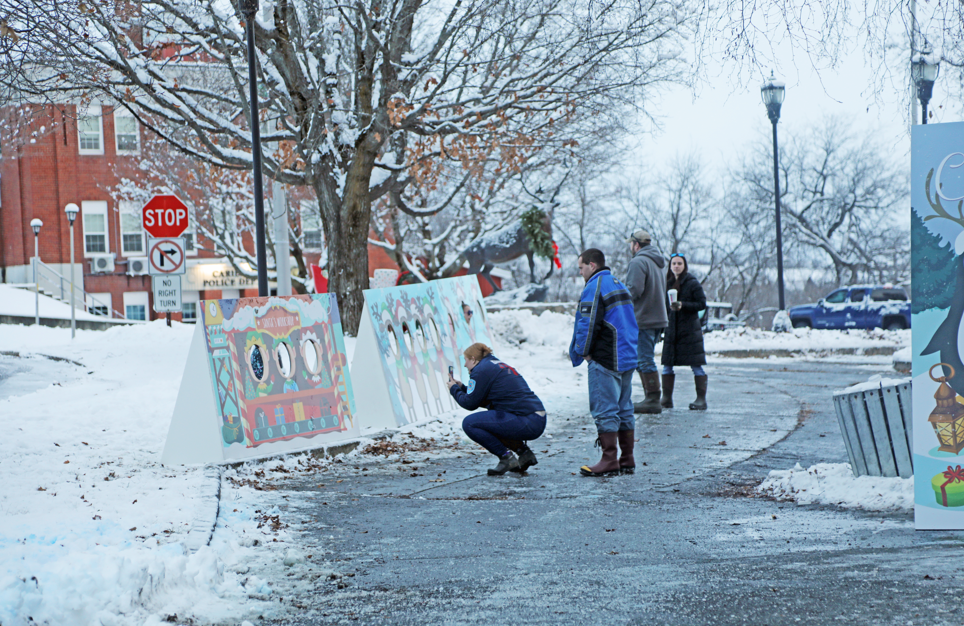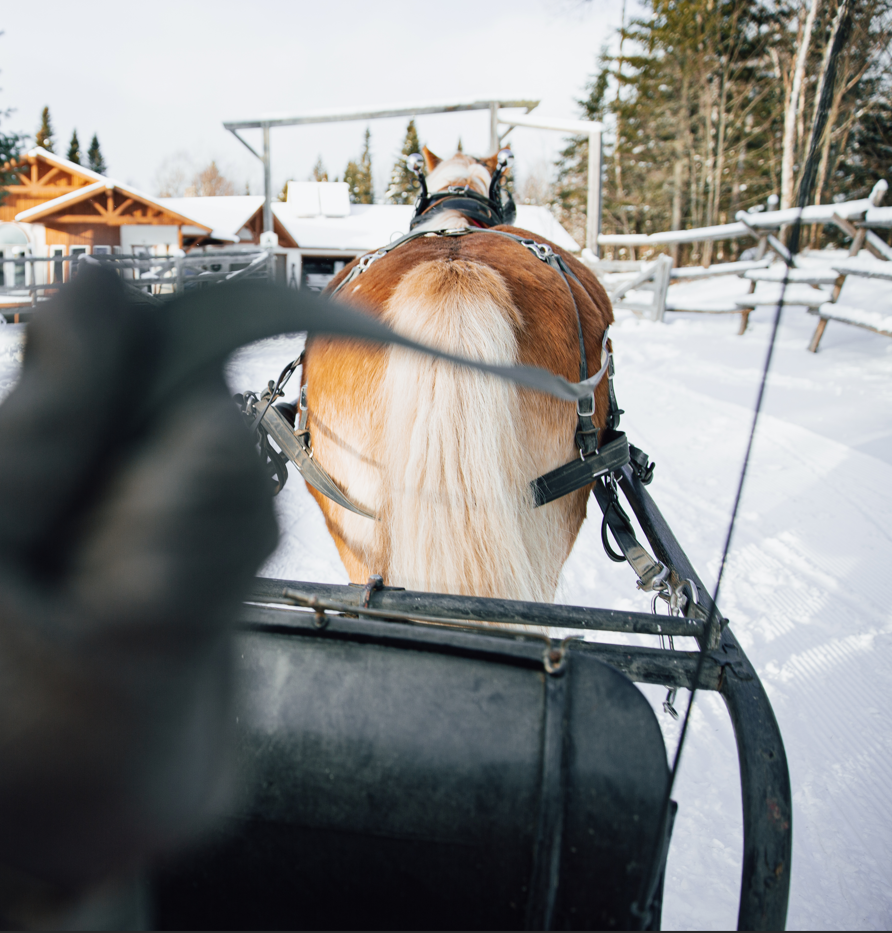A
walk through history: the Blockhouses of the Aroostook War. When thinking of significant Military conflicts in America, Aroostook County, Maine, doesn’t exactly come to mind. But the Crown of Maine was once the spot for one of the country’s most poignant disputes over land territory between two neighboring countries.
A
The border dispute, which went on from approximately 1838-1839, became known as the Aroostook War. When Maine became a state, it began giving land grants to help entice settlers. The fertile land was perfect for farming and filled with quality timber, and when the American Revolution ended, there was no real boundary between America and Canada.
The Aroostook War is also known as the Bloodless War since no one died as a direct result from battle, the significance of this war helped to shape the American border as we know it today, and visitors to The County have a chance to walk through remnants of this historical era in our country’s history.

Lasting Blockhouses
Several Blockhouses were created to protect the settlers from a contentious dispute with Britain over the land and even housed officers during that time. While the vast majority of blockhouses were left to decay, some have been restored and now serve as sites to learn about and commemorate Aroostook County’s war over U.S. territory.
The signing of the Webster-Ashburton Treaty in 1842 settled the boundary dispute between Maine and New Brunswick and reduced the need for a fort, although federal troops remained there until 1845 to protect Maine’s and the United States’ interests in the region.
Located at the intersection (confluence) of the Fish River and St. John River and listed on the National Register of Historic Places, The Fort Kent Blockhouse is a true example of preserved wood blockhouse architecture. Built by the Maine Militia, now known as the Maine National Guard, the site is open to visitors and history buffs alike from Memorial Day to September 30th. Be sure to pop into the visitor information center located on-site. For more information and to better plan your trip, visit the Fort Kent State Historic Site website here.

Fort Fairfield (replica located 1000’ west of the original) is home to the replica block house approximately 1000’ feet west of the original site. The Block House now serves as a museum and is open during the July Potato Blossom Festival. If you are interested in a tour, contact the Frontier Heritage Historical Society for more information.
The Fortin du Petit-Sault (Petit-Sault Blockhouse) is located in Edmundston NB. This Block House was destroyed by a lighting strike in 1855 but later rebuilt in 2000 and includes the original structure and granite.

Best Route To Take
The perfect time to visit the Blockhouses is during the spring and summer months. Traveling Route 161 from Fort Fairfield to Fort Kent (was called old military road). Route 161 offers many breathtaking views of the contrasting forests and farmlands vistas that spill over the region. Be sure to check out the Fish River Falls and Aroostook National Wildlife Refuge along the way. There are ample private campgrounds and picnic areas to choose from.

























